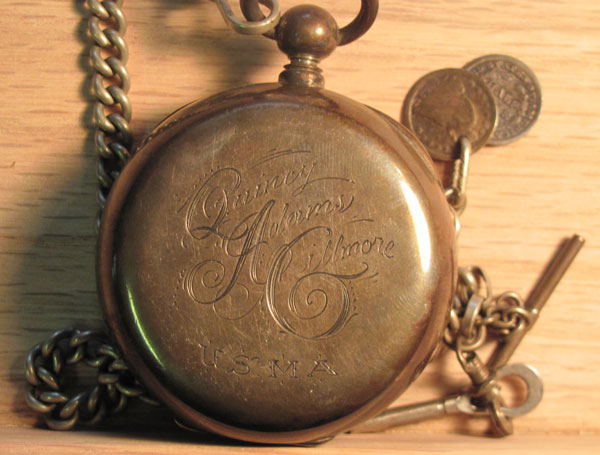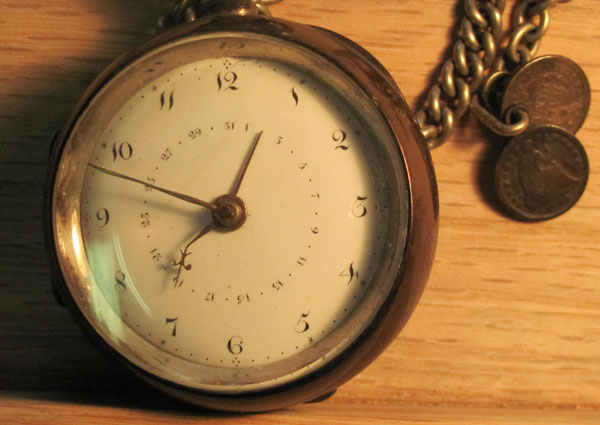Report on the Events Surrounding the Battle of Olustee
from Major General Gillmore
Commanding Officer, U.S. Forces, Department of the South.
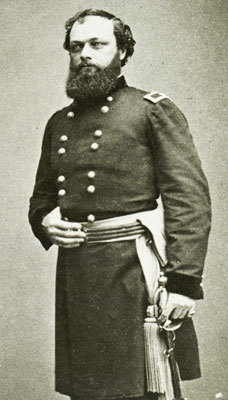
U.S. Army Military History Institute. |
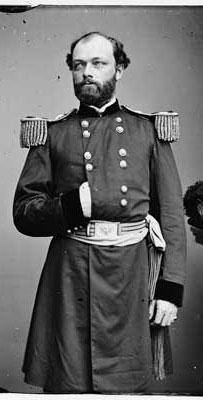
Library of Congress. |
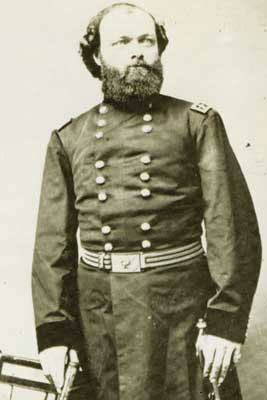
Western Reserve Historical Society. |
Civil War-era photographs of Major General Quincy Adams Gillmore. The image on the left is the earliest as he
is only a brigadier general. The image in the center is probably taken later, and the one on the right taken last.
HEADQUARTERS DEPARTMENT OF THE SOUTH,
Hilton Head, S. C., March 7, 1864.
SIR: I have the honor to submit herewith copies of certain letters and telegraphic dispatches which comprise the instructions given to Brig. Gen. T. Seymour, relative to operations in Florida prior to the fight at Olustee on the 20th ultimo. A brief narrative of events connected with the recent occupation of Florida, west of the Saint John's River, will not be out of place.
Under date of December 22, 1863, I was authorized by you to undertake such operations in my department as I might deem best, suggesting conference with Admiral Dahlgren.
On January 14, 1864, I wrote you that unless it would interfere with the views of the War Department I should occupy the west bank of the Saint John's River, in Florida, very soon, and establish small depots there, preparatory to an advance west at an early day.
On January 15, I wrote to the Secretary of War that I had in contemplation the occupation of Florida, on the west bank of the Saint John's River, at a very early day.
Under date of January 22, you informed me that in regard to my proposed operations in Florida the Secretary replied that the matter had been left entirely to my judgment and discretion, with the means at my command, and that, as the object of the proposed expedition had not been explained, it was impossible for you to judge of its advantages or practicability.
On January 31, I wrote informing you that the objects to be obtained by the operations were, first, to procure an outlet for cotton, lumber, timber, &c.; second, to cut off one of the enemy's sources of commissary supplies; third, to obtain recruits for my colored regiments; fourth, to inaugurate measures for the speedy restoration of Florida to her allegiance, in accordance with instructions which I had received from the President by the hand of Maj. John Hay, assistant adjutant-general. (See Appendix A.)
On February 5, I directed General Seymour (see Appendix G), whose command was already embarked, to go to Jacksonville, Fla., effect a landing there, and push forward his mounted force to Baldwin, 20 miles from Jacksonville, the junction of the two railroads from Jacksonville and Fernandina. A portion of the command reached Baldwin on the 9th, at which point I joined it on the evening of the same day. At that time the enemy had no force in East Florida, except the scattered fragments of General Finegan's command. We had taken all of his artillery.
On the 10th, a portion of our forces were sent toward Sanderson, and I returned to Jacksonville.
Telegraphic communication was established between Jacksonville and Baldwin on the 11th. On that day I telegraphed to General Seymour (see Appendix J) not to risk a repulse in advancing on Lake City, but to hold Sanderson unless there were reasons for falling back which I did not know, and also (see Appendix K), in case his advance met with serious opposition, to concentrate at Sanderson and the South Fork of the Saint Mary's, and, if necessary, to bring back Colonel Henry (commanding the mounted force) to the latter place. (For General Seymour's reply see Appendix L.)
On the 12th, General Seymour informed me from Sanderson (see Appendix M) that he should fall back to the South Fork of the Saint Mary's as soon as Colonel Henry) whom he had ordered back from the front had returned. On the same day I telegraphed to General Seymour (dispatch, see Appendix N) that I wanted his command at and beyond Baldwin concentrated at Baldwin without delay, for reasons which I gave him. (For reply see Appendix O.)
General Seymour joined me at Jacksonville on the 14th, the main body of his command being at that time at Baldwin as directed. He had, however, sent Colonel Henry toward the left to capture some railroad trains at Gainesville, on the Fernandina and Cedar Keys Railroad.
After arranging with General Seymour for the construction of certain defenses at Jacksonville, Baldwin, and the South Fork of the Saint Mary's, I started for Hilton Head on the 15th, leaving behind me Captain Reese, of the Engineers, to give the necessary instructions for the defenses referred to. I considered it well understood at that time between General Seymour and myself that no advance would be made without further instructions from me, nor until the defenses were well advanced.
On the 18th. I was greatly surprised at receiving a letter from General Seymour, dated the 17th (see Appendix P), stating that he intended to advance without supplies in order to destroy the railroad near the Suwannee River, 100 miles from Jacksonville. I at once dispatched General Turner (my chief of staff) to Jacksonville to stop the movement. He was the bearer of a letter to General Seymour (see Appendix Q). Upon arriving at Jacksonville, after considerable delay, due to the inclemency of the weather, he learned that General Seymour was engaged with the enemy in front, near Olustee. When I left Jacksonville on the 15th instant I was entirely satisfied with the success of our operations up to that time. I briefly communicated to you my plans with regard to Florida in my letter of February 13, from which I extract as follows, viz:
General Seymour's advance has been within 4 miles of Lake City, but as his instructions were not to risk a repulse or make an attack when there was a prospect of incurring much loss, he has taken up a position at Baldwin, the junction of the railroad from Jacksonville with the one from Fernandina. He holds also the crossing of the Saint Mary's South Fork, about 12 miles west of Baldwin. I intend to construct small works capable of resisting a coup de main at Jacksonville, Baldwin, Palatka, and perhaps one or two other important points so strong that 200 or 300 men will be sufficient at each point. Twenty-five hundred men, in addition to the two regiments that have been permanently stationed in this State (one at Saint Augustine and one at Fernandina), ought to be ample in Florida. The artillery captured here will suffice for such defensive works as may be deemed necessary. I desire to see the lumber and turpentine trade on the Saint John's River revived by loyal men, and for that purpose, and to give assurance that our occupation of this river is intended to be permanent, I have written to the Secretary of the Treasury recommending that the port of Jacksonville be declared open.
Very respectfully, your obedient servant,
Q. A. GILLMORE,
Major-General, Commanding.
Maj. Gen. H. W. HALLECK,
General-in-Chief.
Copied from The Official Records of the War of Rebellion.
Requests colored troops, January 15, 1864
Outlines his plans for the Florida Expedition to General Halleck, January 31, 1864
Orders General Truman Seymour to embark troops, February 4, 1864
Orders General Seymour to start his command for Florida, February 5, 1864
Informs General Halleck of the arrival of General Seymour's Command in Florida, February 9, 1864
Advises General Seymour not to advance toward Lake City, February 11, 1864
Advises General Seymour to avoid significant Confederate oppposition, February 11, 1864
Orders General Seymour to concentrate troops at Baldwin, February 12, 1864
Reports on Defeat at Olustee to MGen Halleck, February 23, 1864
Further reports to MGen Halleck on defeat at Olustee, February 23, 1864
Reports on events surrounding the Battle of Olustee to General Halleck, March 7, 1864
Reports on problems with BGen Seymour's reports of Olustee, November 1, 1865



